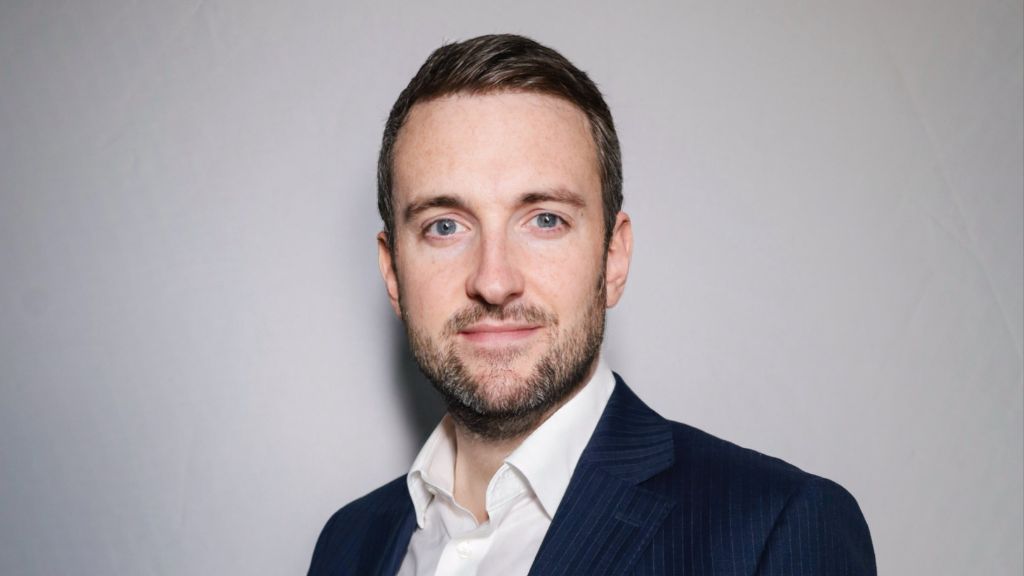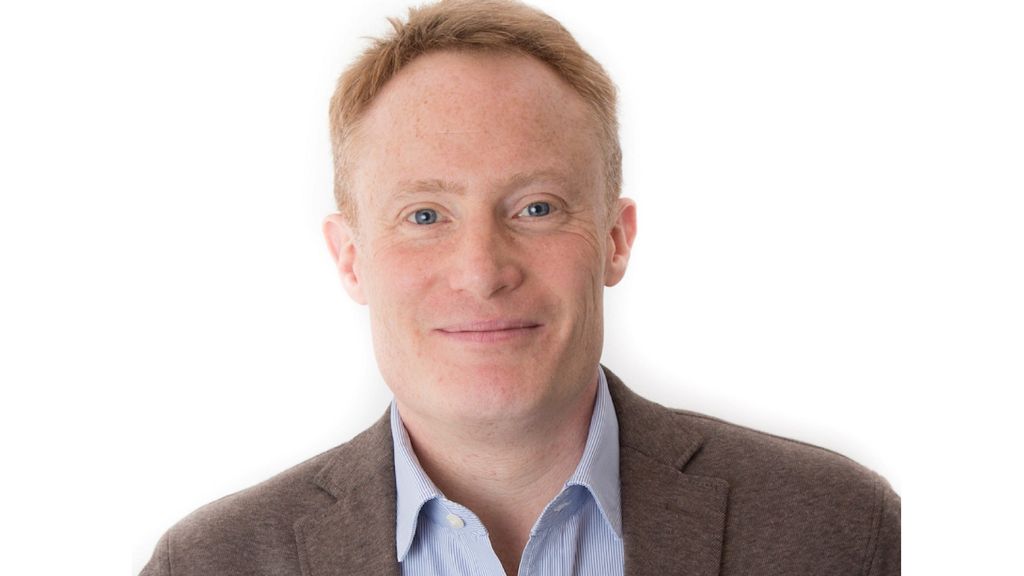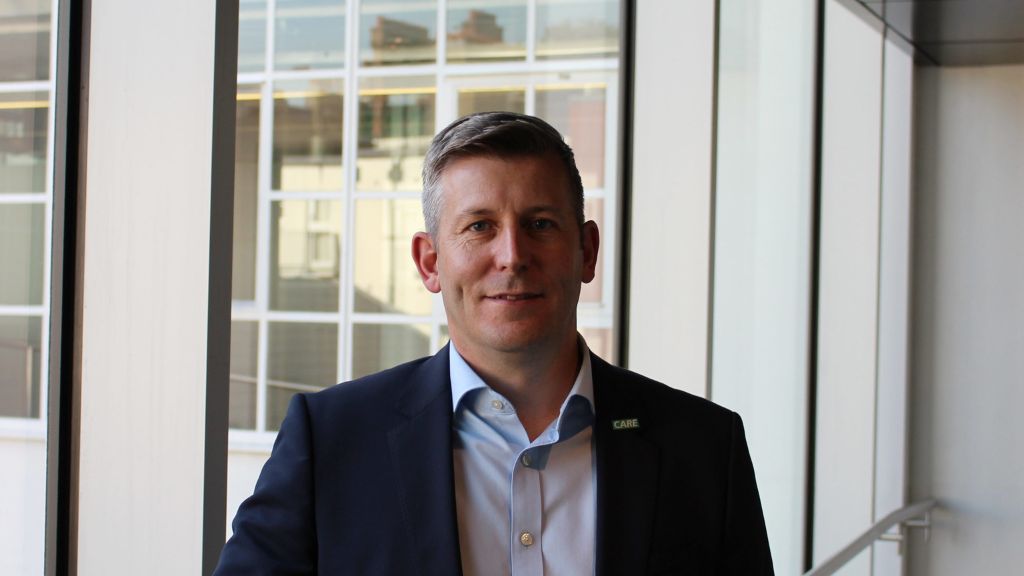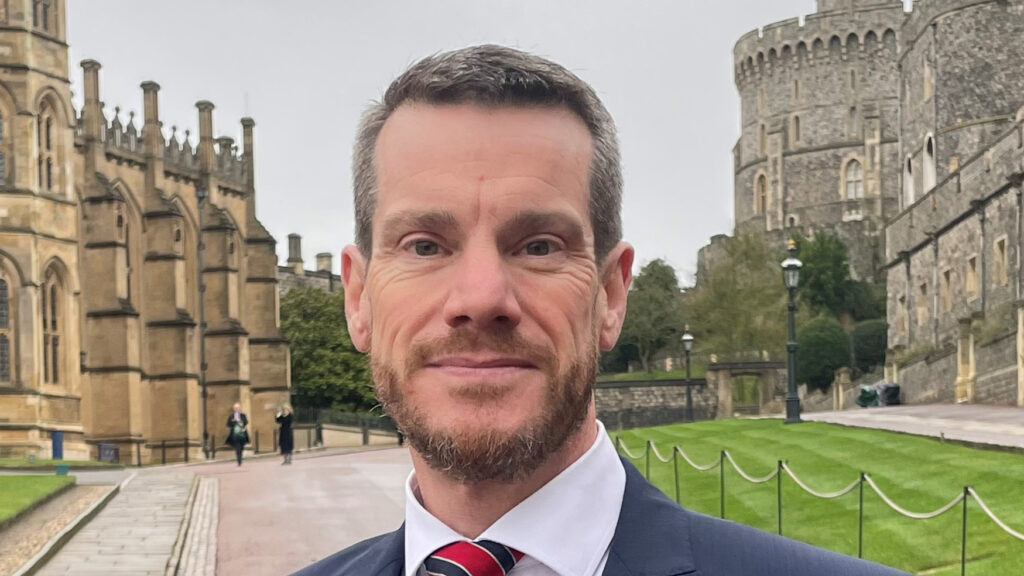FEATURE: Who watches the watchdog? Is the CQC ‘fit for purpose’?
As the Care Quality Commission (CQC) faces a period of profound crisis following the resignation of its chief executive and the release of a damning report into its operations, William Walter, managing director of Bridgehead Communications, sits down with care leaders to discuss the biggest areas of concern the sector has and what the CQC has to do to rebuild trust with providers.

During the general election campaign, which already feels like an eternity ago, Ian Trenholm announced that he was stepping down from his role as the head of the Care Quality Commission (CQC). While a shocking move, it did little to prepare us for what followed: the publication of a report into the operational effectiveness of the CQC, which proved nothing short of scathing.
The findings of this review led current health secretary Wes Streeting to declare that “the CQC is not fit for purpose” – a stunning statement, but not without reason. The review found that one in five services, including new care providers, had never received a rating; providers hadn’t been re-inspected regularly – with the latest care assessment for one care provider in 2015; and some inspectors were found to have had no previous experience in dealing with dementia patients.
In fact, the scale of failings uncovered at the CQC continues to grow. The Homecare Association has found in a report of its own that poor leadership, failing IT systems, and insufficient resources have all compounded the regulator’s lacklustre outcomes, leading to almost two-thirds of home care providers being either unrated or not having been rated in over four years.
CQC failures
Those with first-hand experience in the sector echo these uncovered failures, most particularly inspection failures. Karolina Gerlich, chief executive of The Care Workers Charity, notes: “The main concerns I’ve heard about include inconsistency in inspection standards, often due to inspectors’ varied backgrounds and personal biases.”
Care providers have felt this point is especially damaging. James Tugendhat, chief executive of HC-One, says that “the time between inspections is too long,” which means that often “a home’s CQC rating may not reflect the home’s current performance”. For Tugendhat, this has ramifications for not just care groups, but also for staff.

He says: “[Infrequent inspections] can be misleading for current and prospective users … and can impact confidence in care homes. It misses an opportunity to value and recognise teams that have improved their care, which can be frustrating and impact morale amongst the home’s team.”
Although inspections are also noted as a chief cause for concern by Anchor chief executive Sarah Jones, she expands on the role that a greater reliance on technology has had. “We have seen the consequences of moving to the digitalised system without adequate testing and ensuring that the system was fit for purpose”, she notes, adding that the move to remote assessments has been made without “assurance on the tools necessary for its implementation”.
This is something that Gerlich also felt relevant to the problems with the CQC and its poor reputation in the care sector, saying: “The CQC’s response during COVID-19 and its struggles with technology have further eroded trust.”
Lessons for the future
Given the current state of the CQC, an essential question is how the organisation can rebuild trust and become fit for purpose once more. Tugendhat sees the immediate priority as fixing the problems that have arisen in the Single Assessment Framework (SAF) since its introduction.
He notes: “[The framework] represents an opportunity to further demonstrate the kind of care we provide.” Still, he stresses that “more clarity on what matters most to the CQC” and “clear definitions of what outstanding care looks like” are needed.

Sarah Jones is more critical of the CQC, arguing that the public body needs to fundamentally change its image and build bridges with the sector once more. She says: “We need a regulator that supports transparency and a drive to improve safety and quality across health and social care, and timely ratings prepared on a consistent basis are key to that.”
Central to this is the matter of trust, she believes, adding that “it is in everyone’s interest to improve public trust and confidence” in the care system, which requires regulators to ensure “that ratings are an accurate and up-to-date reflection” of the care being provided.
Building a new relationship to further trust between the regulator and providers resonates with Gerlich, too, who finds it “crucial to focus on clear communication and working together to improve care standards, rather than just imposing penalties”.
Part of this means that the CQC “should be more supportive,” which can best be done by “offering [more] guidance and education on compliance and best practices [as well as] shifting from a punitive approach to one that fosters improvement”.
Is a new regulator required?
Having discussed the scale of dissatisfaction with the CQC, we ended our conversation by asking whether the CQC’s reputation had fallen sufficiently that a fundamental change, such as a new regulator, was needed in the sector to restore confidence.
Most were skeptical of the idea. Karolina Gerlich believes that the “significant issues” that have “eroded trust in the CQC” are not grounds for such a change in the regulatory landscape, a view both Tugendhat and Jones shared. Nonetheless, a fundamental, detailed review of the CQC appears paramount in signaling the intent to change.

“A thorough review and a substantial transformation of the CQC are needed,” remarks Gerlich. She says that the CQC must become “more transparent and [engage] better with care providers and workers”. This is repeated by Sarah Jones, who asserts that the review must be “thorough” and “consult widely [whilst] looking closely at the failures within social care regulation as closely as health”.
The specifics of how to move forward are known, but it remains uncertain how well these can be achieved. As James Tugendhat said, delivering a more effective SAF is essential, while fixing the technology problems, as Karolina implored, remains paramount as well. It is clear that the CQC must rebuild trust by addressing these issues and prioritising clear communication and consistent inspections. Only by demonstrating that commitment to improvement can it restore its reputation and deliver the oversight that the care sector urgently needs.



